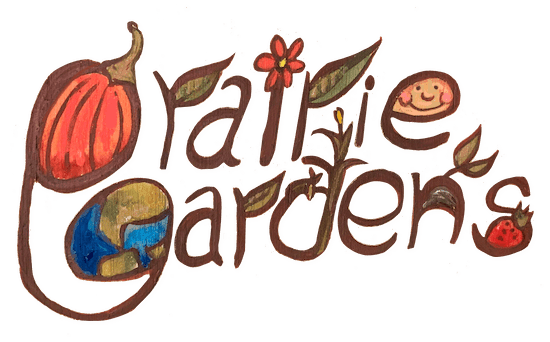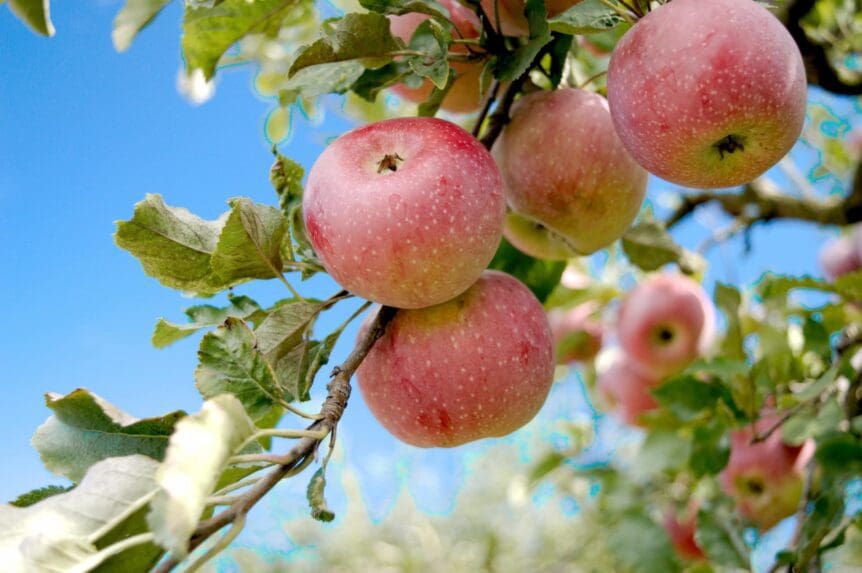State of being precocious; a measure of time to flowering within the life span of an orchard. Dwarf rootstocks are typically more precocious than semi-dwarf or standard rootstocks. Apple varieties can differ in precocity too — for example, Honeycrisp is typically very precocious, while Northern spy is notoriously late bearing.
What is the earliest harvest apple?
Below is our shortlist of 10 early harvest apple varieties for your yard in Alberta.
- Cortland Nova Red
- Dwarf Tolman Sweet Apple
- Honeycrisp Apples
- Norland
- Prairie Magic®
- Rouville Apple
- September Ruby
- Smokehouse Apple
- Tolman Sweet
- Wealthy Apple
Order Apple Trees and other Fruit Trees in our Online Shop!
1. Cortland Nova Red
Canadian Hardiness Zone 3
Cider Classification: Bittersharp
Why It’s Special: One of the very few self-fruitful apples, which will not require a pollinator. Bittersharp apples – sharps (high in acid) and bitters (high in tannin) are more difficult to come by. Cortland is a bittersharp apple with crisp, juicy flesh. It is great for applesauce or drying as the flesh is slow to brown. The fruit keeps until Christmas in the cooler, although the crispness and flavour does fade over time. Cortland fruit work well in fruit salads because the snow white apples are resistant to browning.
2. Dwarf Tolman Sweet Apple
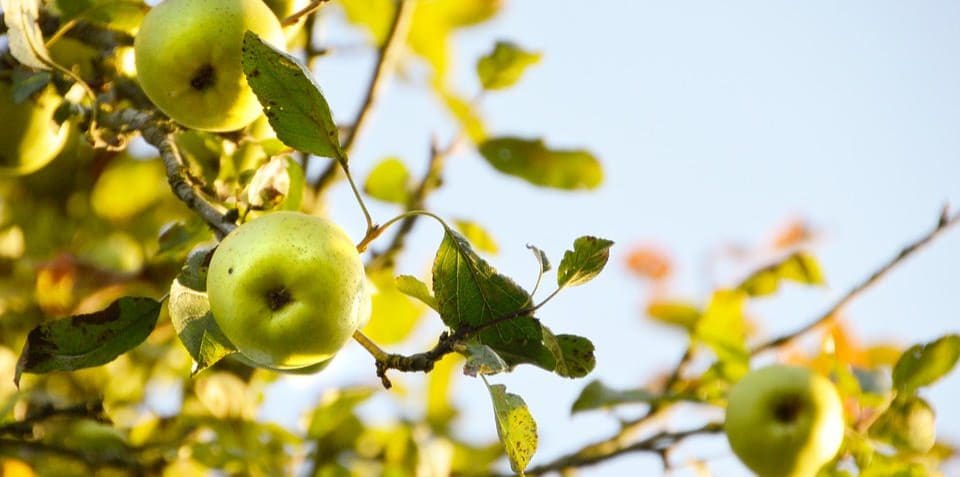

Canadian Hardiness Zone:3
Cider Classification: Sweet Aromatic
Why It’s Special: Dwarf Tolman Sweet is a compact tree and excellent all-purpose apple. The fruit are medium-sized with yellow skin, and have a distinctly sweet, dry flesh. They are nice for fresh eating but can also be used in baking, drying, and pickling. Their unusually low acid content helps to reduce acidity in both sweet and hard cider. It is an early producer.
3. Honeycrisp Apples
Canadian Hardiness Zone 3.
Eating Fresh, Storage, Pies
Why they are special: They are precocious and fruit on very young trees. They are also profuse bloomers, and with the value of their fruit being so high, every apple on a young tree is like a 50-cent piece hanging there. But gardeners must resist the temptation to harvest too many of those coins too early. “You need to grow the tree first,” says Cornell University horticulturist Dr. Terence Robinson. “Honeycrisp sets more flowers than most cultivars and needs to be managed right, right from the start. We need to take off most of those early fruits. Honeycrisp has only half the shoot growth of other cultivars.” A over-cropped young tree not grow quickly to fill its space, and too many apples one year lead to a lack of return bloom. Of all the varieties, he said, Honeycrisp is one of the easiest to send into a pattern of biennial bearing.
4. Norland
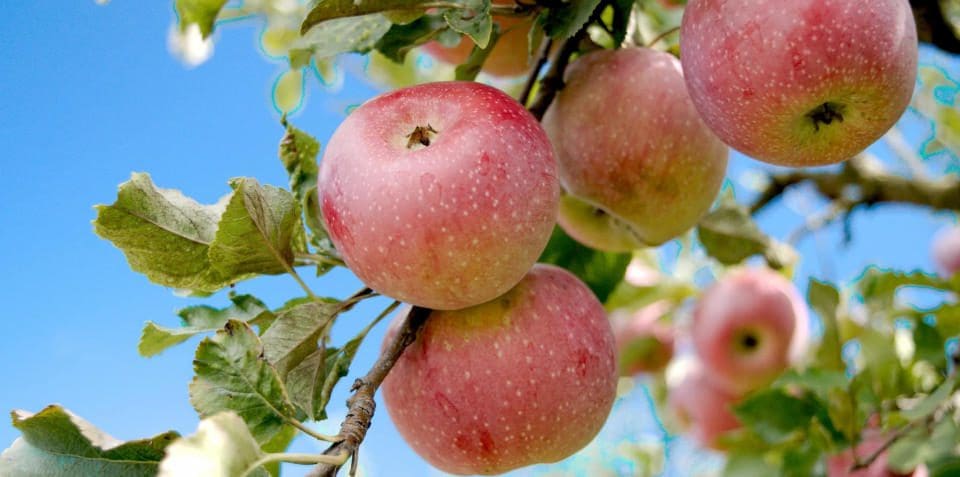

Canadian Hardiness Zone 2
Fresh Eating out of Hand
Why it’s special: It’s a semi dwarf tree, with medium to large, sweet apples, red over creamy green, sweet, excellent for eating fresh, juice and sauce. Ripens early August. Does not store. Eat when ripe. Precocious: Fruits early in life and heavily annually. Excellent size for lunch boxes for school.
5. Prairie Magic®
Canadian Hardiness Zone 3
Eating Apple
Why it’s Special: The very best sweet and crisp fruit we have tasted from a hardy apple. The medium to large sized fruit matures early to mid-September and is crisp and delicious. The tree has good cold hardiness and disease resistance. Developed by the late Mr. Wilfred Drysdale of Neepawa, Manitoba from a ‘Goodland’ x ‘Mantet’ seedling. Precocious and annual bearer (fruits every year without fail!)
6. Rouville Apple
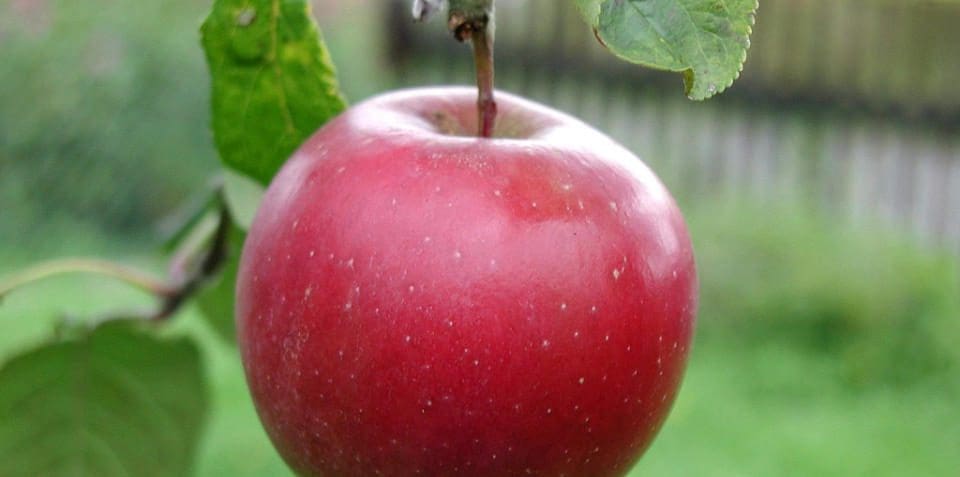

Canadian Hardiness Zone: 3
Cider Classification: Bittersweet
Why It’s Special: It’s hard to find hardy bittersweet apple varieties that are ripe in August! Rouville is a large, tasty all-purpose apple. It is high in sugar and tannin, making it popular with cider makers. This apple tree also stands out in terms of its disease-resistance, being resistant to both scab and fire blight. This lovely Quebec cider apple has a wonderful bitter-sweetness that is great for fresh eating and juicing. It is one of the earliest to ripen in late August, and it keeps remarkably well.
Fruit: Large apples have pale, greenish-yellow skin mostly covered by red blushes. Inside, the coarse flesh is juicy and a pale cream-colour. The apple is ribbed, making it not completely round. It ranges in size from 2 3/4 to 3 1/4 inches wide (7 to 8 cm.). Precocious.
7. September Ruby
Canadian Hardiness Zone 1
Eating Fresh, Storage and Pies.
Why it’s Special: It is crazy hardy and has an fine dessert flavour. The apples are medium sized fruit, bright red colour, light green ribbing and light green flesh colour. Excellent eating fresh and in cooking. This vigorous grower ripens in early September and stores well. Precocious.
8. Smokehouse Apple
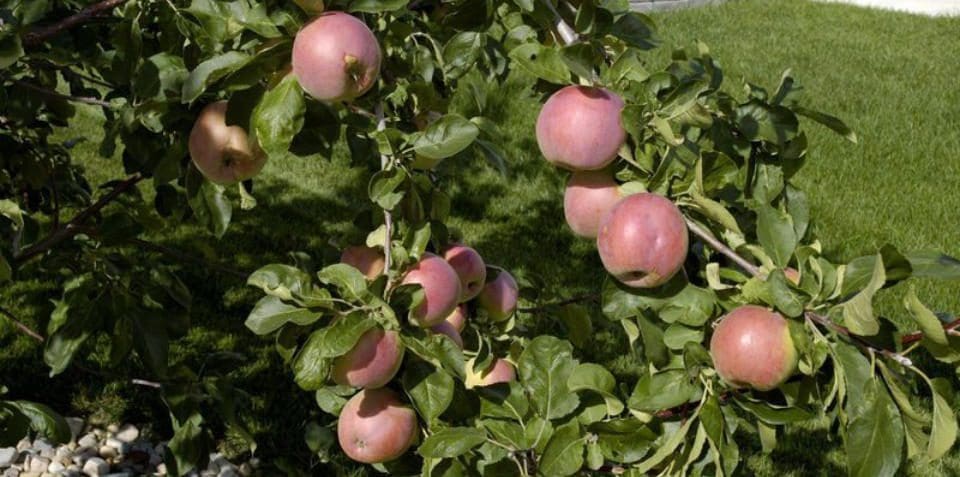

Canadian Hardiness Zone: 3
Cider Classification: Sweet Aromatic
Why It’s Special: Smokehouse fruit is exceedingly juicy. Flesh is yellowish, crisp and firm with a pleasing spicy flavor. It is an excellent keeper. Besides its excellent eating qualities, Smokehouse is a fine cooking and baking apple. Lively flavor makes for excellent cider and juice. The apple has greenish-yellow skin covered with shades and stripes of red. Reliable, productive cropper. Precocious tree produces a regular abundance of apples. Late apple – ripens in early October or late September depending on the locale.
9. Tolman Sweet Apple
Canadian Hardiness Zone: 3
Cider Classification: Sweet
Why It’s Special: Tolman Sweet is a great sweet yellow apple. The fruit are medium-sized with yellow skin, and have a distinctly sweet, dry flesh. There can be mild blushing and russeting, with a firm juicy flesh. The apples are nice for fresh eating but can also be used in baking, drying, and pickling. Their unusually low acid content helps to reduce acidity in both sweet and hard cider. Very hardy, precocious, spreading growth pattern, tends to bear fruit every other year, spur bearing. Flowering Time: Middle Ripens: Late October Storage: Keeps a few months when stored in cold storage. Recommended Use: Fresh eating, cooking, cider.
10. Wealthy Apple
Canadian Hardiness Zone: 3
Cider Classification: Sweet
Why It’s Special: An excellent early apple! Wealthy makes splendid applesauce, but is also good for fresh eating and pressing for cider. The tree is cold hardy, makes an excellent pollinator for other apples, and is well-suited for organic orchards. Fruit: At peak ripeness the flavor of Wealthy is sweeter than tart – you’ll get notes of pear and lemon, pleasant but not overly complex. The texture is soft and easy to eat without being mushy. A bite of this apple feels crisp but not snappy; you won’t wake a sleeping baby when you take a bite. Rowan Jacobson in his book Apples of Uncommon Character does not recommend Wealthy for pies, but we have used them with success. The slices get soft but not saucy. At room temperature the slices retain their shape and bite. Wealthy makes a tart, creamy sauce. Eat a dried Wealthy Apple slice and you might think you were biting into a peach ring. Precocious, but has weak vigour, very hardy, spreading growth pattern, tends to bear fruit every other year but has good crops when it does, semi-spur bearing. Susceptible to mildew and fire blight but resistant to scab and cedar rust. Flowering Time: Middle. Ripens: Early September Storage: Keeps until December when stored in cool, humid conditions.
Recommended Use: Fresh eating, cooking, applesauce, cider.
